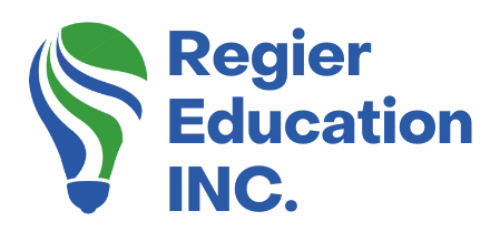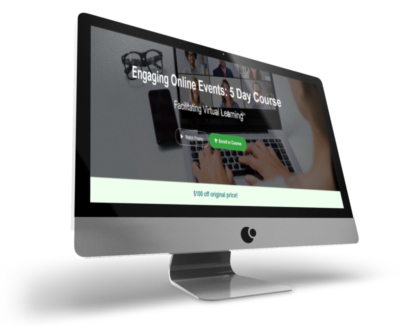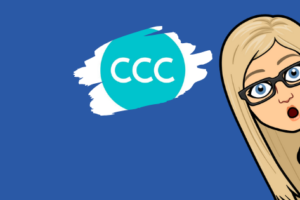Related Podcasts
Disclaimer: The first two podcasts are AI-generated, based on my specifications and this article’s content. I also had the tool redo the podcast. It’s also pulling from my content. I have played with this new tool, Google’s Notebook LM, because I have not had the time recently to film myself. Sometimes, you don’t feel camera-ready, but you want to get out a learning resource quickly. This is a new AI tool that may be helpful. New Tutorial on How to use Google’s NotebookLM
Parameters and prompts I used for the updated podcast: “Patricia Regier (pronounced Re-Gear) – don’t mention this – say it correctly. Master of Education, Author of the Book The Online Shift. (don’t say more). Make this a 5-minutes!
Focus on how AI can be a creative partner and tool, not replace people. Use critical thinking, specifications, and parameters. Check your bias and sources’ bias. Say THIS Deep Dive Podcast is also AI-generated and based on Patricia’s content. Be concise; Don’t interrupt or talk over each other. Examples focus on Learning and Development from my blog. Don’t use ‘like’ or ‘cool’. Be professional.”
Hot Tips
- Play with new tools and push them to do more. Ask questions and dig deeper to get what you want. Always proofread and edit to fully reflect your ideas.
- Caution: It can save time and take time. You either edit the results, or ask it to do better, with additional specifics. You may have an AI tool redo something multiple times until you are satisfied with the results.
Stay tuned
Future blog posts will include Using AI to support training development while using critical thinking and time-saving tips, Frankenstein content creation method, FAQs from YouTube tutorials, Hot Tips from this year, MS Teams Tips and tricks, Hybrid contexts, eLearning course development, facilitation onsite or online considerations, and more. Email me if you have an idea for a future blog post or video tutorial.
If you missed it: Beta Testers ; Online Course Videos ; New Zoom Workplace; Updated Zoom Settings; Facilitator Carry-on Bag Must Bring List; Are you losing learners? The Neurodiverse Workplace (Book Recap) Working with Clients or Vendors/Consultants
‘Virtual Facilitator Course’
Turn your audience into participants!
Plus take our Learning Types Quiz
Author
Patricia Regier, MEd is the Online Expert who’s built a career on the belief that training and online learning doesn’t have to be boring. As Owner of Regier Educational Services and with a Master of Adult Education, Patricia is known for making her audience feel empowered, engaged, courageous and confident. Her debut book and keynote, The Online Shift teaches newcomers to the online space and seasoned professionals alike how to optimize their online presence and maximize engagement. She’s tried, tested and refined using the latest behavioral science, research and psychology to make sure your next online experience is a hit!
To book Patricia as a speaker, please email patricia@regiereducation.com






